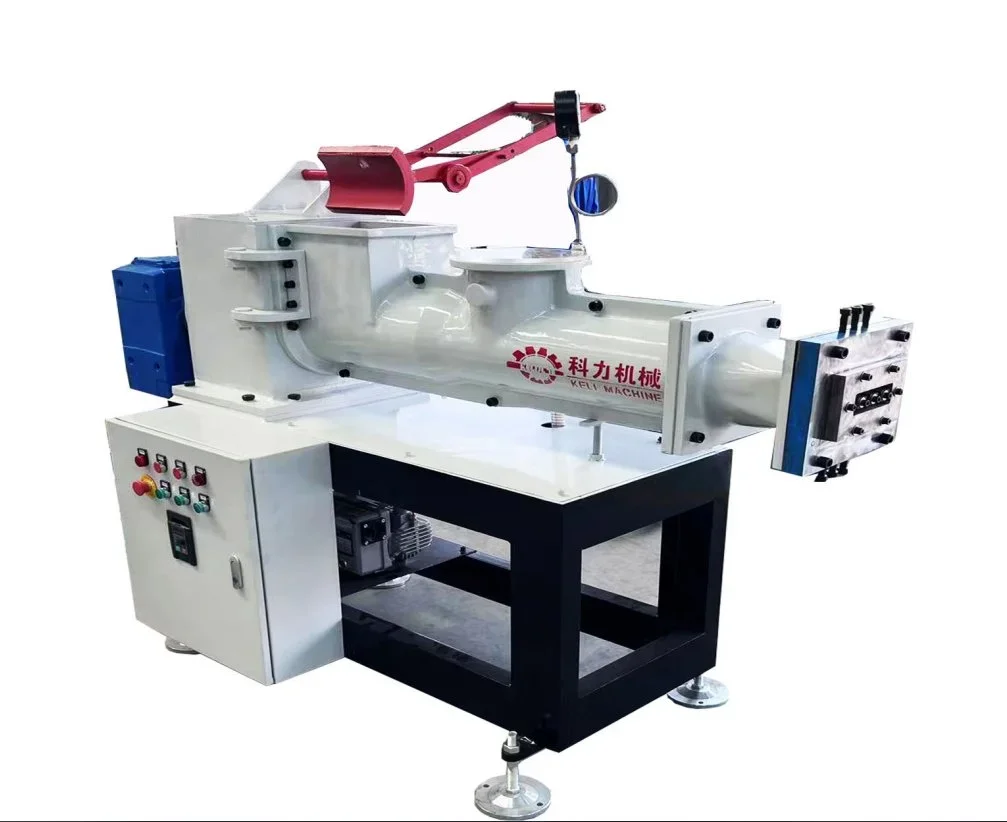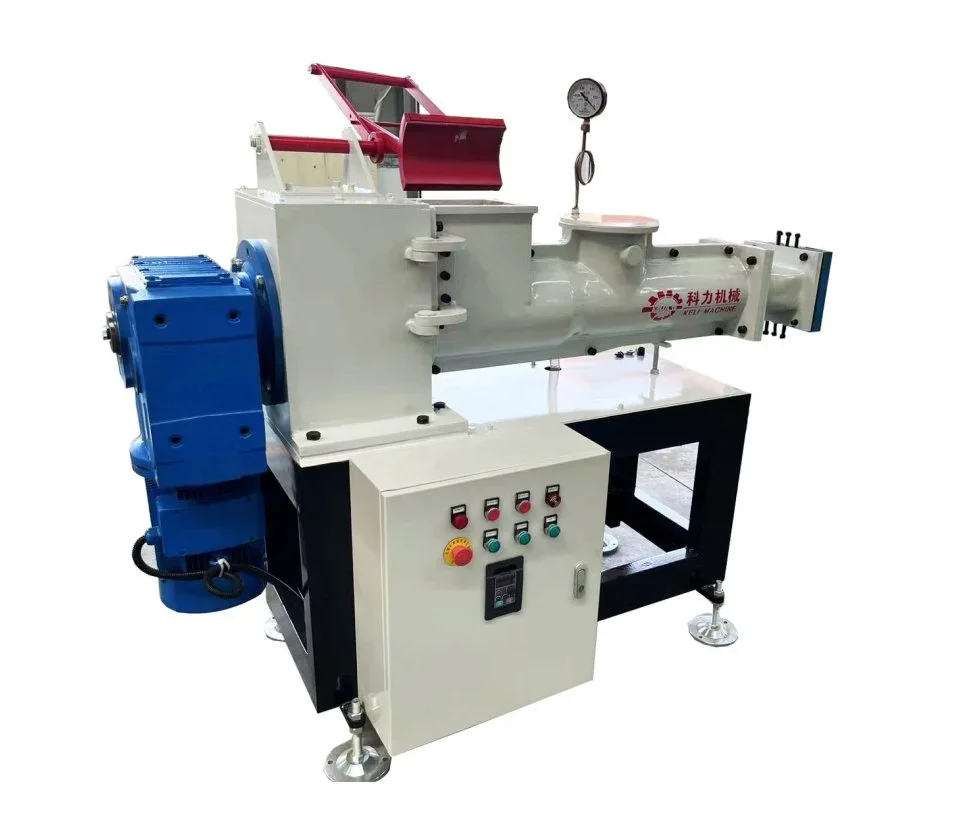In the realm of construction and material science, innovation plays a pivotal role in shaping the future of sustainable building practices. One such groundbreaking technology is thehttps://www.yxkelijixie.com/Experimental-vacuum-extruder.html, a cutting-edge system that revolutionizes brick manufacturing processes. In this blog, we will delve into the workings of the Experimental Vacuum Brick Extruder, exploring its mechanisms, benefits, and potential impact on the construction industry.
Understanding the Experimental Vacuum Brick Extruder: A Paradigm Shift in Brick Production
The Experimental Vacuum Brick Extruder is a novel device that combines the principles of vacuum technology and extrusion to produce high-quality bricks with enhanced properties. Unlike traditional brick-making methods, which rely on manual labor and energy-intensive processes, the Vacuum Brick Extruder automates and streamlines the production process, resulting in more efficient and sustainable brick manufacturing.

Key Components of the Experimental Vacuum Brick Extruder
Vacuum Chamber: The heart of the system, the vacuum chamber creates a low-pressure environment that removes air from the clay mixture, allowing for better compaction and uniform brick formation.
Extrusion System: The extrusion system consists of a screw conveyor that pushes the clay mixture through a die, shaping it into the desired brick dimensions.
Cutting Mechanism: After extrusion, the bricks are cut to the desired length using a cutting mechanism, ensuring uniform size and shape.
Molding and Drying: The molded bricks are then transferred to a drying chamber, where they undergo a curing process to enhance their strength and durability.
The Working Process of the Experimental Vacuum Brick Extruder
Clay Preparation: The clay mixture, consisting of clay, water, and additives, is prepared and loaded into the extruder hopper.
Vacuum Compaction: The vacuum chamber creates a low-pressure environment, removing air pockets from the clay mixture and improving its density.
Extrusion: The compacted clay is fed into the extrusion system, where it is forced through a die to form bricks of uniform size and shape.
Cutting and Curing: The extruded bricks are cut to the desired length and transferred to the drying chamber, where they undergo curing to strengthen and solidify the structure.

Conclusion
The Experimental Vacuum Brick Extruder represents a significant leap forward in brick manufacturing technology, offering a more efficient, sustainable, and high-quality alternative to traditional production methods. By harnessing the power of vacuum compaction and extrusion, this innovative system is poised to revolutionize the construction industry, driving advancements in sustainable building practices and material science. As we continue to explore new frontiers of innovation, the Experimental Vacuum Brick Extruder stands as a beacon of progress, reshaping the way we build and envision the cities of tomorrow.







